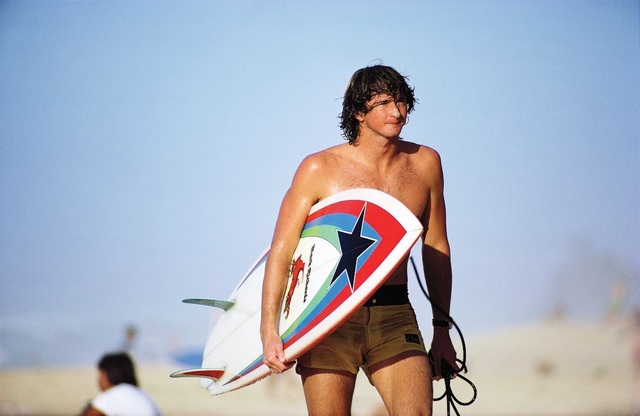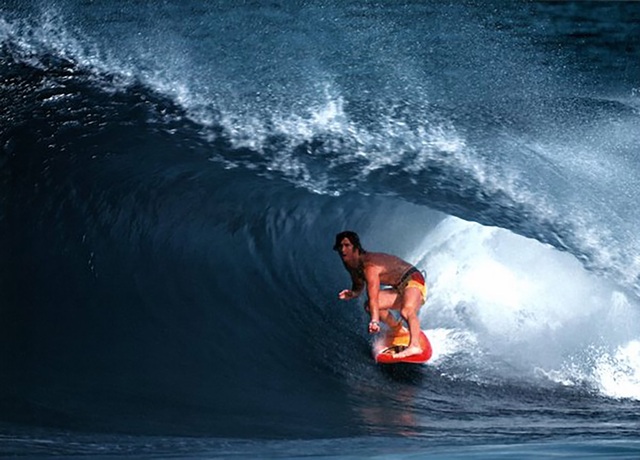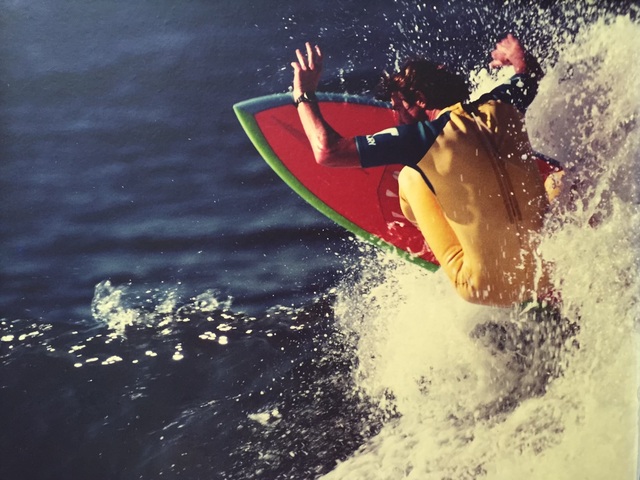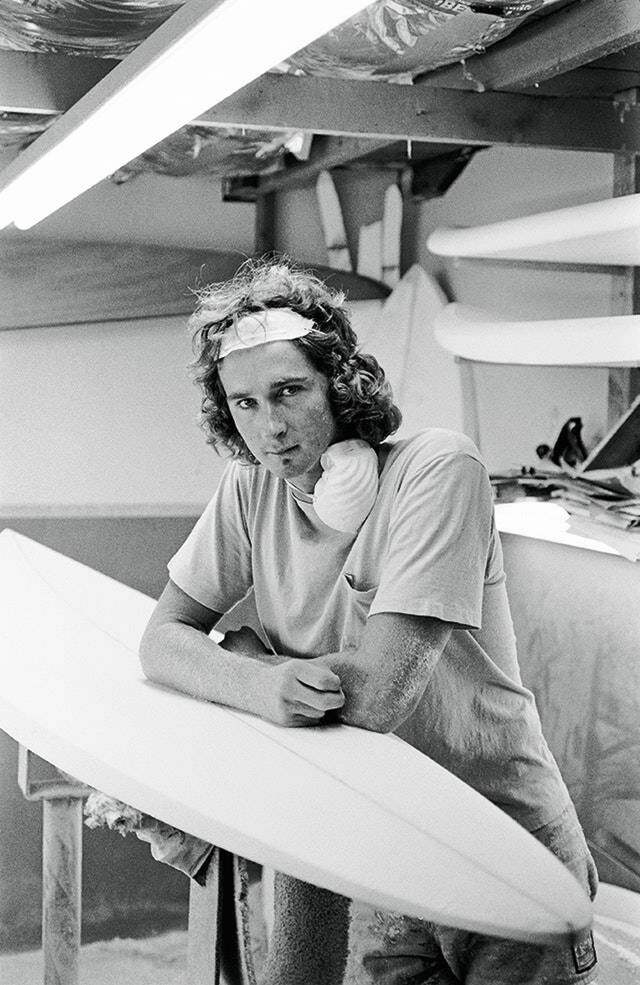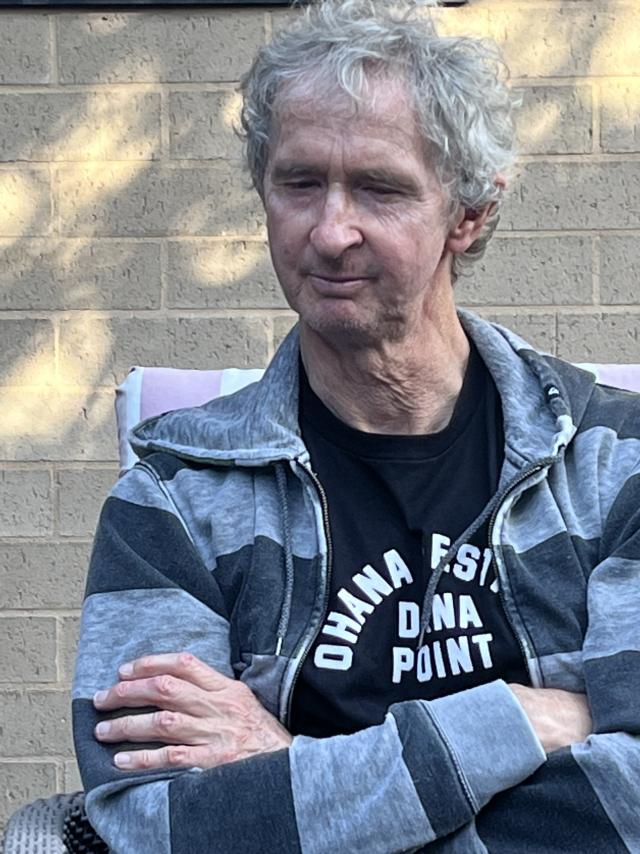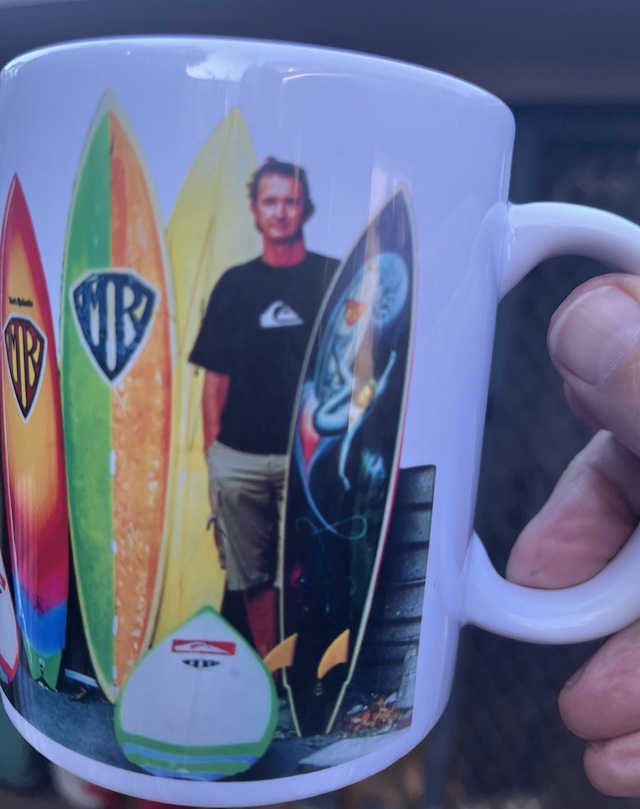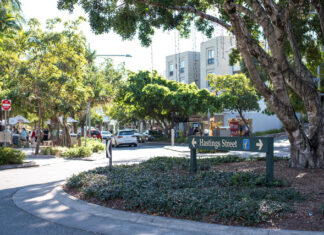Passing through Newcastle last week, I had the pleasure of catching up with old mate Mark Richards, still the most successful male Australian pro surfer of all time, and one of the world’s great shapers to boot.
While it’s quite possible that one of our emerging men’s pros will one day knock off MR’s total of four world titles – Mick Fanning went very close a decade ago – it is unlikely that anyone bar Kelly Slater, who racked up five consecutively on the way to a total of 11, will ever match his four in succession, an amazing period from 1979 to 1982 when no one could get near the swooping form of the “wounded seagull” on his speed machine twin fins.
I first surfed with Mark at Newcastle Point in 1971 when he was 13, nudging six feet already and so baby-faced he looked like he might burst into tears if you said g’day as you paddled past him. But boy, the kid could surf!
He was all arms and legs but in total control of the little first-generation McCoy twin fin under his feet. Five years later he was still all arms and legs but he was near enough to the best contest surfer in the world. In a profile for Tracks magazine I ungenerously named him the “wounded seagull” for the first time and it stuck. Despite this we’ve remained friends for the best part of 50 years.
There’s a pretty solid argument that MR could have started winning world titles in ’76, the year that the IPS instigated the world pro tour, but he steadfastly refused to tour year round, competing only in Australia and Hawaii, so that he could continue to indulge his other passion, creating high quality surfboards in some sheds behind the family’s surf shop (ground level) and home (first floor) on Hunter Street, Newcastle’ main drag. The year I first met him, ’71, was the year he was given his first planer, and through his teens he honed his skills as a shaper, glasser, glosser, air-brusher and sander. He was a one-man surfboard factory.
Even in 1979, the year of his first world title, he skipped South Africa and Europe, then blasted home from fourth to first during the Hawaiian season. But from then on, he was fully focused on the tour, and he was so dominant on his magic “Free Ride” twinnies that several very good surfers left the tour in frustration. They couldn’t get the hang of the twins and they couldn’t beat MR, so to hell with it.
Even MR, ruthless in the water but a puppy dog on land, expressed his genuine sympathy for Cheyne Horan, a great surfer who finished second to Richards three years in a row and would never win an open world title. I know he was genuine about this because long after MR’s pro career was over, he would stay with us in France while he toured Europe as part of Quiksilver’s Silver Edition team of mature age champs. The world champion of hypochondria as well as surfing, he would drive us nuts with his imaginary ailments and food fussiness, but he also revealed a true heart of gold, one of the nicest people I’ve met in 55 years in the surf world.
But we’ve come together in Merewether not to reminisce (well, not for too long anyway) but to talk surfboards for a new book I’m writing. MR starts out by apologising that his memory is shot, but of course, like a lot of great surfer/shapers, he can recall just about every good turn in every heat, and every rail and bottom contour of every great surfboard ever owned. The conversational possibilities are endless, but we limit it to the evolution of the twinnie, which, in deference to busy readers and the possibility that it might damage future book sales, I’ll keep the condensed version down to just a couple of paragraphs.
Although he ripped on McCoy twinnies as a kid, MR began to find them a bit limiting, and after his first trip to Hawaii he moved on to Ben Aipa’s famous Sting single fins, which he rode almost exclusively for the next three years. But in 1976 he was astounded by the performances of the great Hawaiian surfer Reno Abellira in tiny waves at Narrabeen for the Coke Surfabout, then the richest event in the world.
As the surf got smaller, Reno pulled out a five-foot-seven-inch round-nosed twin fin, and skated across the tiny walls with such speed and finesse he would have won the event if some kid from Newcastle hadn’t got in the way. That same kid actually had the gall to then ask Reno for some dimensions so that he could shape something similar. Reno obliged and MR was back on the twinnie thing.
At the end of that year he spent two months being schooled by leading shaper Dick Brewer in Hawaii, refined his ideas about twin fins that would work in all kinds of waves, and in 1978 he unleashed the MR Free Ride twin, all air-brush colour and lightning speed.
Now he was unstoppable.
Mark Richards is still making surfboards and riding them in Newcastle, NSW. And he’s still nature’s gentleman.

